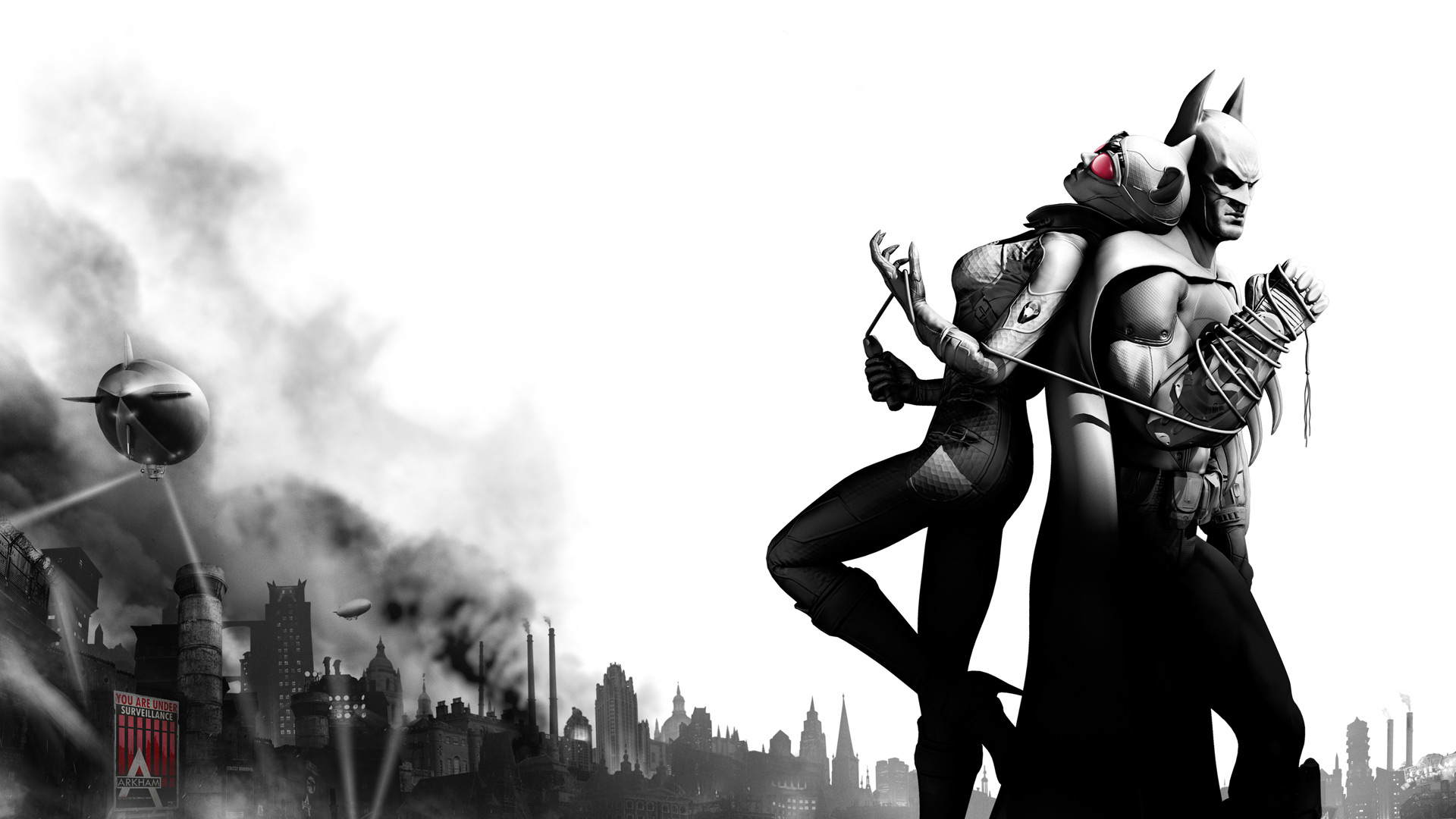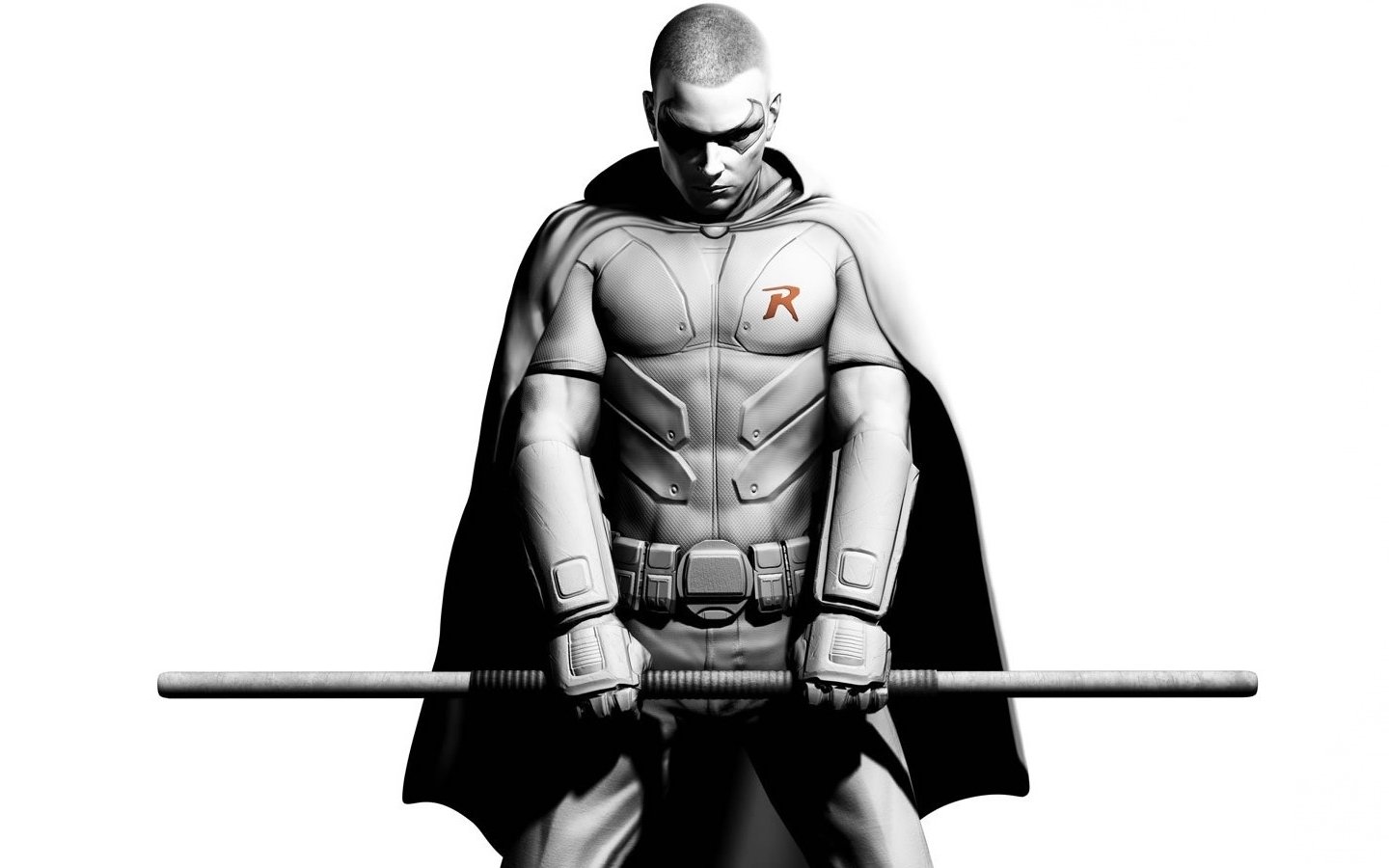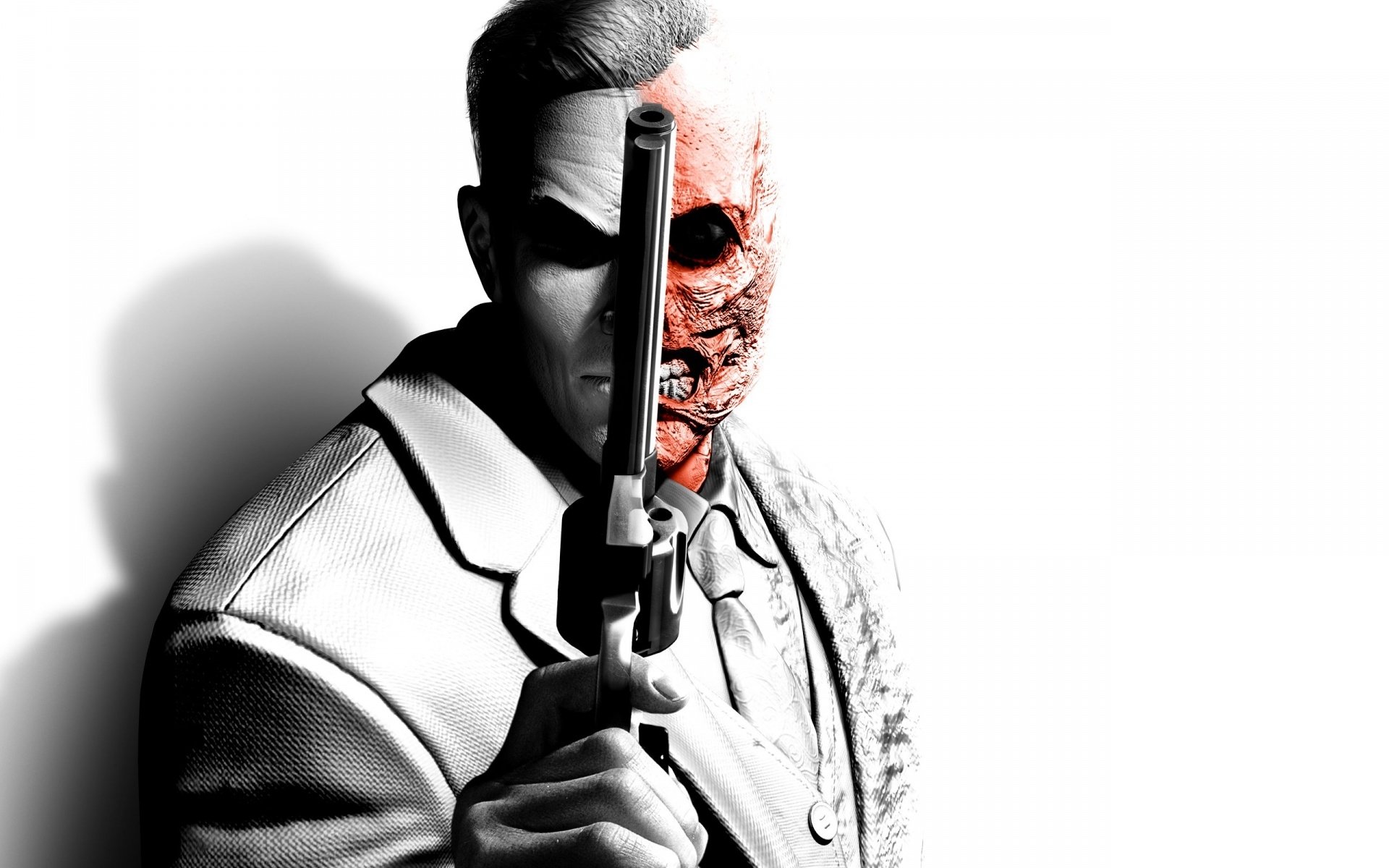

And I was like, ‘Well, maybe there's something here where it's not something where he fell in a vat of chemicals or it's not the Nolan thing where he has these scars and we don't know where they came from. And it made Mike and I think about - I was talking about The Elephant Man because I love David Lynch. Reeves explained: “He's got this congenital disease. Again, though, that’s not what Reeves said is the condition that Keoghan’s character has in the film.) (Although Reeves doesn’t name the condition or even say it’s a real one, there is a developmental condition called Angelman syndrome that makes people afflicted with it frequently smile and laugh. In order to both ground his film in a heightened reality and to differentiate his Joker from past screen versions’ reasons for why he looks the way he does, Reeves opted to give his proto-Joker a biological condition for his smile. “So he's very much out of the Conrad Veidt mold and that idea of the silent film of The Man Who Laughs.” But I wanted to create an iteration of him that felt distinctive and new, but went right back to the roots,” Reeves said. And he's held in this very suspenseful way, away from you visually. “In the scene that you'll see in the future, you'll see that we worked on what he looked like. Reeves also revealed the thinking that went into this Joker’s makeup design by Mike Marino and even why he has his trademark grin, a reason that harkens back to the original inspiration for the comic book villain: the 1928 silent film The Man Who Laughs. And so here, we have a Joker who's not yet the Joker.” So in the comics, these characters often declare their alter egos in response to the fact that there's a Batman out there. And this killer in this story is not yet the character that we come to know, right?” Reeves said. “He goes to see another killer that he's clearly had an experience with in these first two years.

(Or, as DC Comics fans might point out, it’s reminiscent of Batman seeking out Calendar Man’s help in The Long Halloween.) And he's like, ‘Well, why is this guy writing to me?’ And he figures he's got to profile this killer,” Reeves said, revealing things then took an almost Silence of the Lambs/Clarice Starling and Hannibal Lecter-like turn. “The scene that was not in the movie, the scene that this is really the companion to, which is actually a really cool scene that will release at some point, it's a scene where Batman is so unnerved because the Riddler is writing to him. “And for me, I think this idea that the Joker is not yet the Joker, but they already have this relationship.
#ID BATMAN ARKHAM CITY IMAGES MOVIE#
And because the movie is not an origin tale for Batman, but it's his early days, it really is an origin tale for the Rogue's Gallery's characters,” Reeves said. “What's interesting is that the reason that Joker's in the movie is there was actually another scene that was earlier.

In our interview, Reeves detailed what that deleted scene was about and elaborated on the inspiration behind his Joker’s look. Reeves told us Keoghan actually filmed two scenes as this proto-Joker but the filmmaker ended up cutting the earlier scene. He’s not, although Matt Reeves confirmed in another interview with IGN that they did indeed shoot fake scenes with Keoghan as the character just to throw people off the Clown Prince’s scent. In what was a clear attempt to throw off the Internet - that is until Keoghan’s own brother revealed it on social media - initial news reports and leaked set photos pegged Keoghan as playing GCPD officer Stanley Merkel. The prisoner then delivers what is the Riddler’s signature line – “Riddle me this” – when asking a riddle whose answer Nashton correctly answers as “a friend.” This dastardly duo cackle away as a bond is forged between them. “One day you're on top, the next day you’re a clown,” the prisoner says before telling Riddler that Gotham loves a comeback story. The unnamed prisoner tries to cheer up Riddler, who is despondent over Batman (largely) foiling his plans.


 0 kommentar(er)
0 kommentar(er)
